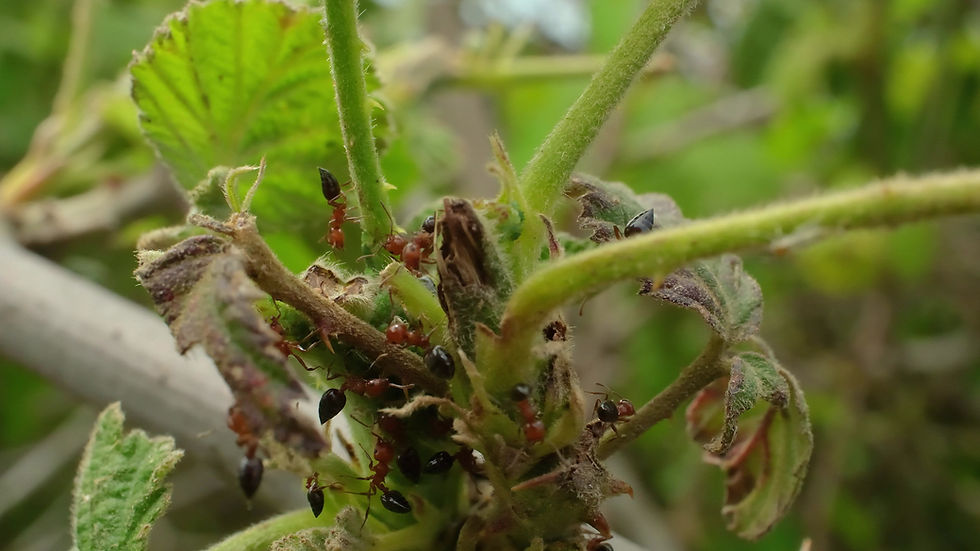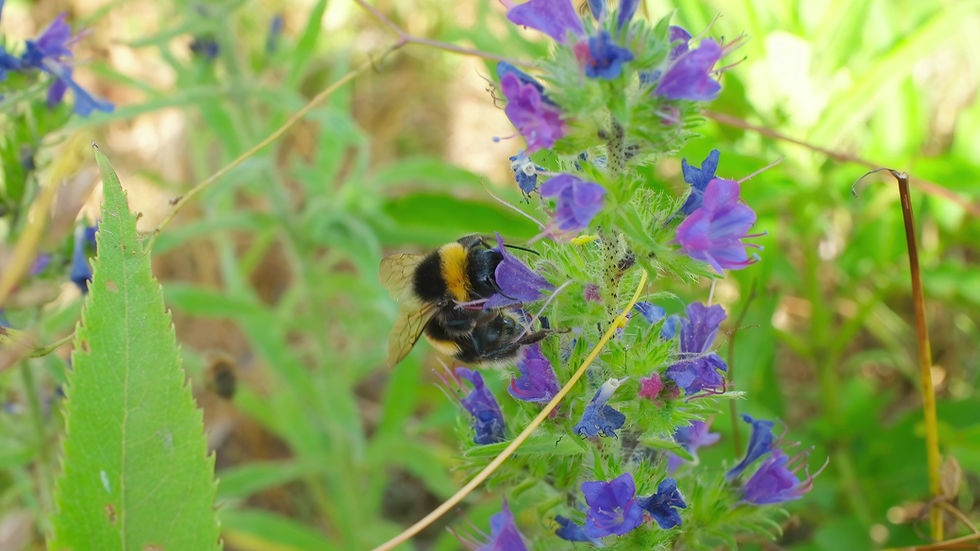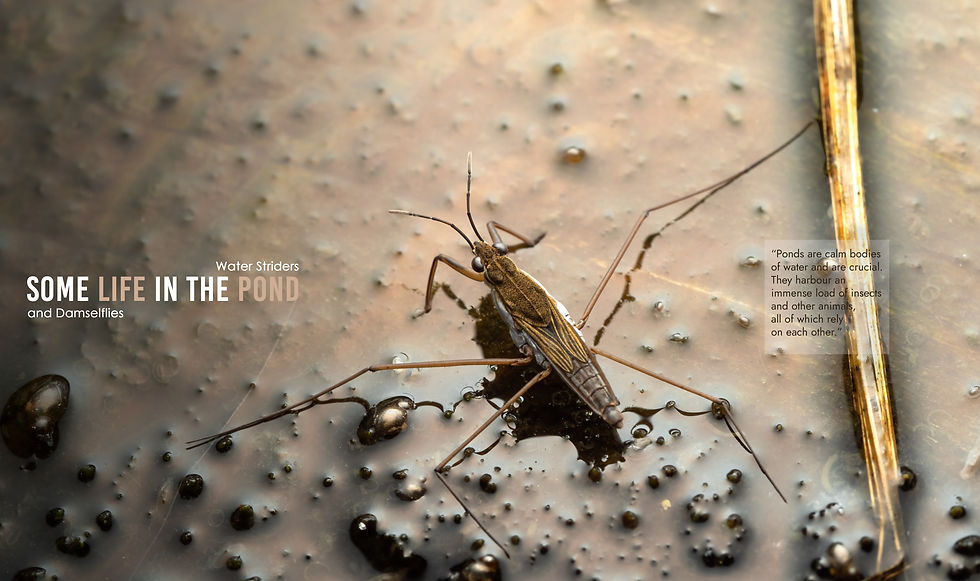
WORLD OF MACRO
Unveiling the Tiny Universe
Discovery
Exploring the Microcosmos of Insects
Macro photography allows us to see the intricate world of insects, revealing details we’d never notice otherwise, like the scales on a butterfly’s wings or the fine hairs on a bee’s legs. Insects play a vital role in nearly every ecosystem, from pollinating plants to decomposing organic material, yet they’re often overlooked due to their size. By exploring insects up close, we can start to appreciate their complexity and the essential work they do to support the ecosystems around them.

Written by Magni Macro
Discovery
Hidden Textures and Patterns in Nature
Through macro photography, the textures and patterns in natural elements come to life in remarkable ways. The veins of a leaf, the fuzz on a mossy rock, or the crystalline structure of frost on a plant reveal layers of adaptation and resilience. These details, although small, play crucial roles in plant health—veins transport nutrients, leaf hairs minimize water loss, and rugged bark protects from pests. This perspective encourages a deeper appreciation for nature’s ingenuity in even the smallest forms.

The scales of the Saw-Scaled Vipers have the unique ability to make a hissing, sizzling sound and with it, a dazzling threat display.

Leaf veins are responsible for moving the nutrients and water that come up from the stem around the leaf.

The Life Cycle of Small Creatures
By capturing each life stage—from egg to adult—macro views let us examine an insect’s transformation in extraordinary detail. For example, the metamorphosis of a caterpillar into a butterfly or the hatching of a praying mantis provides insight into survival adaptations and life strategies that have been refined over millennia. These life cycles not only illustrate resilience but also help us understand how these small creatures contribute to their environments.

Pollination is the act of transferring pollen from the male anther of a flower to the female stigma. The goal of such plants, is to create offspring for the next generation. One of such ways is by making seeds.
Pollinators can be birds, bats, and other animals, but insects are the ones that do the most of the pollination. Some of these insect pollinators are more known like bees and butterflies, but also flies, wasps, and beetles are part of this picture!
LEARN
The Pollination Process Up Close
Pollination is an extraordinary process, and through macro photography, we can see how insects like bees and butterflies interact with flowers, transferring pollen from one plant to another. This simple act sustains countless plant species, which in turn provide food and oxygen to countless other organisms. Observing pollen grains sticking to tiny insect hairs illustrates the delicate and essential relationship between pollinators and flowering plants—a process on which much of our food production depends.
Be part of discovering
Discover the beauty of Macro photography and the opportunity it gives, in discovering an entirely new world through the lens of lovers of this tiny cosmos, sharing their photos with us.
@villcorvus
@villcorvus
@dineshphotography7797
@dineshphotography7797
@magni_macro
@villcorvus

PROTECT
Threats to Small but Vital Ecosystem Players
Insects and other small creatures face many threats, from habitat loss and pesticide use to climate change. Though tiny, their decline can lead to imbalances in ecosystems, affecting food sources, soil health, and plant reproduction. Protecting these creatures is essential, as they are vital players in ecosystem health. Raising awareness of their importance helps support conservation efforts focused on habitat preservation and sustainable agricultural practices.

_edited.png)





.jpg)

.jpg)



